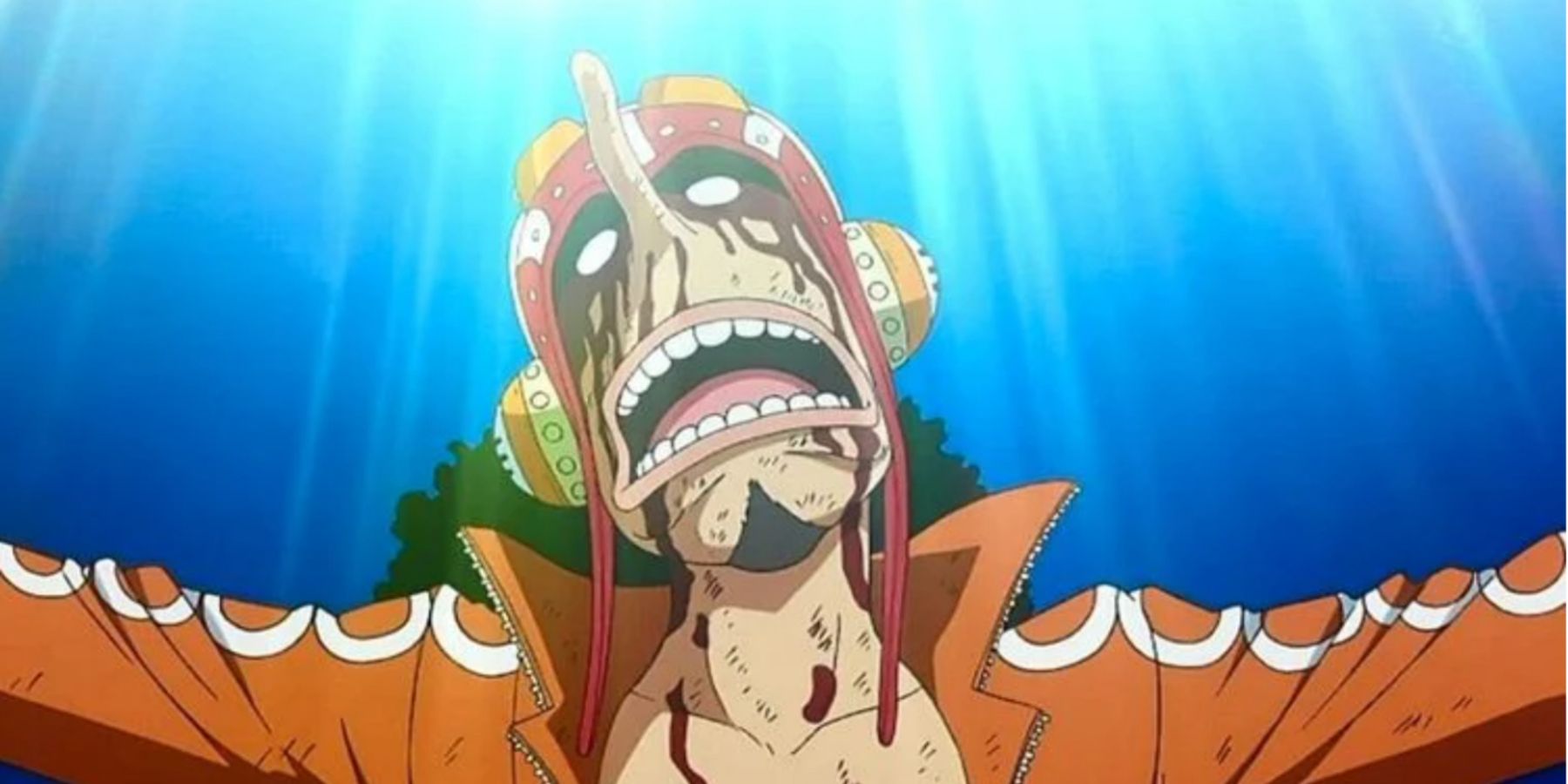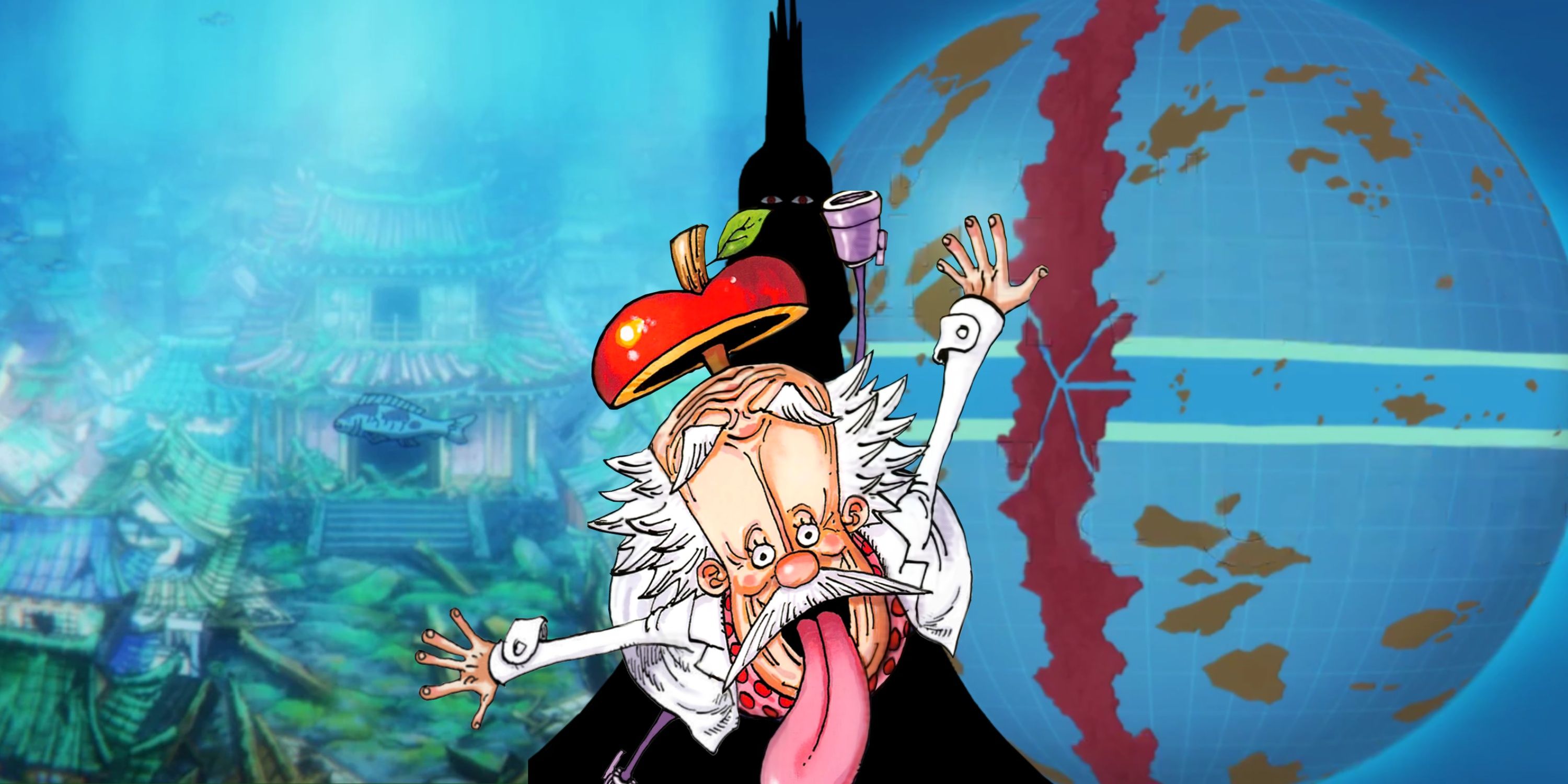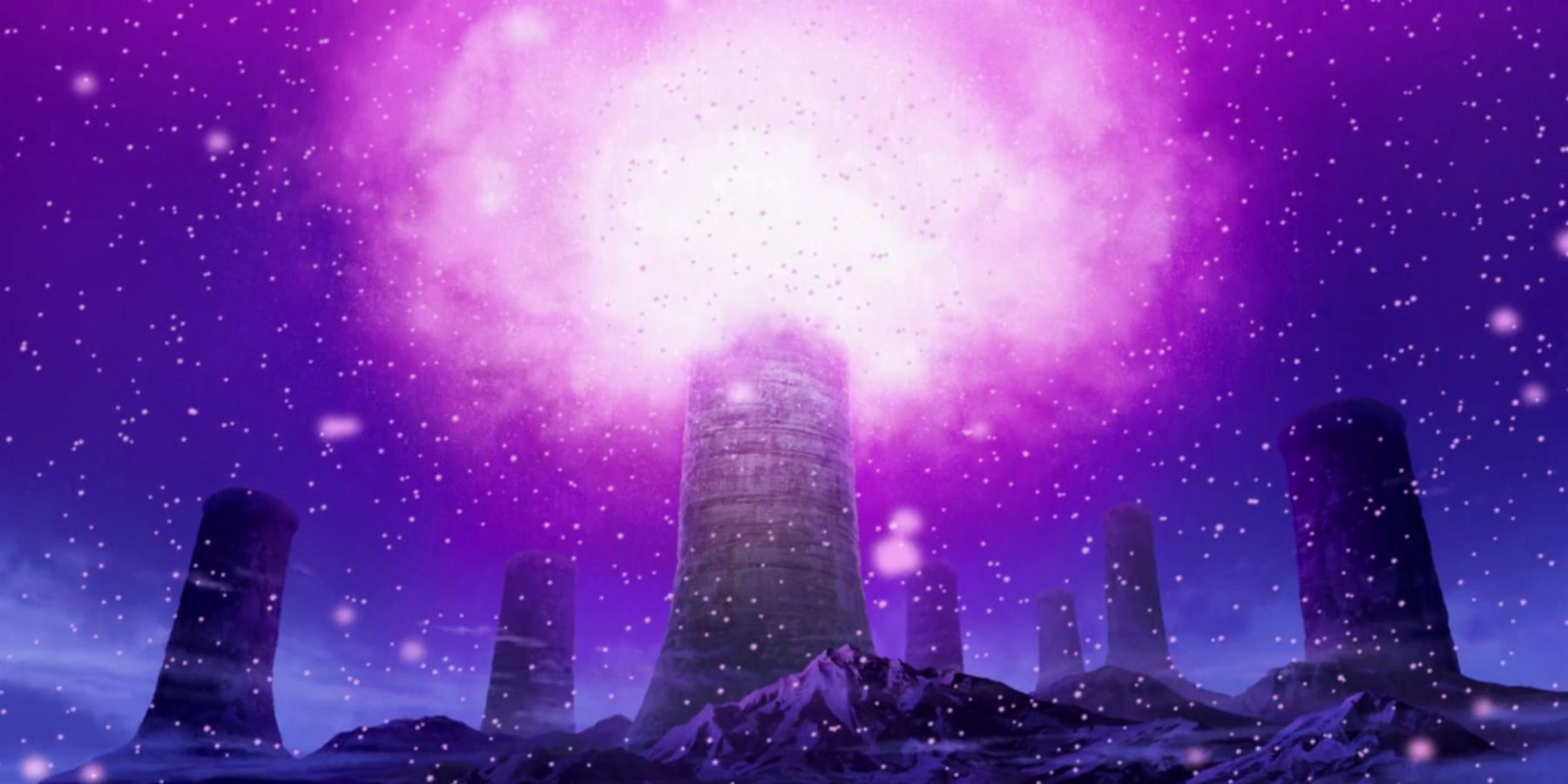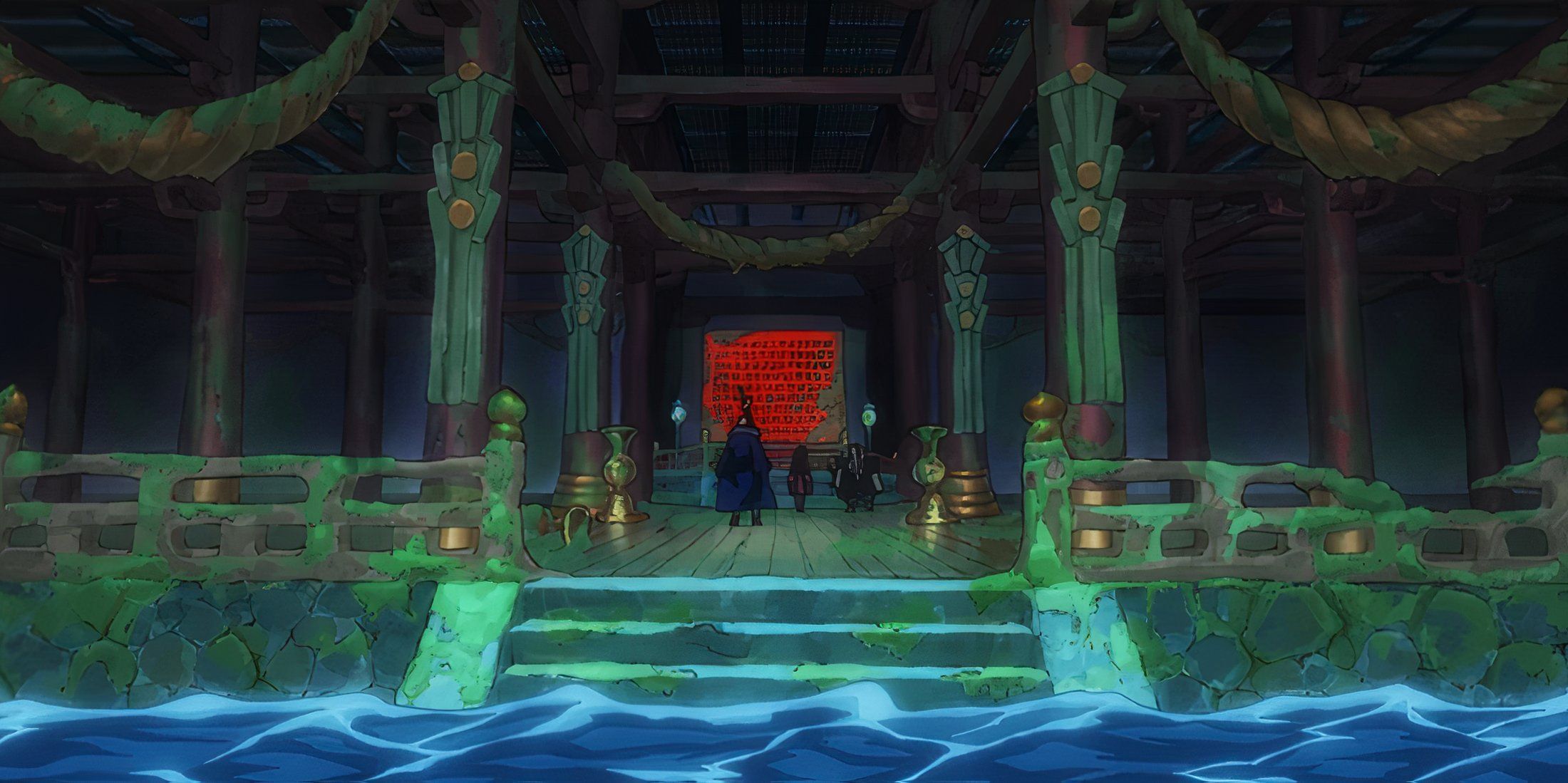Highlights
- One Piece's post-apocalyptic society revelation was cleverly foreshadowed by Eiichiro Oda.
- The peculiar geography of the One Piece world hints at catastrophic events during the Void Century.
- Foreshadowing through wild climatic variations and the mystery behind the Red Line adds depth to the series.
Dr. Vegapunk's ominous broadcast has dropped many bombshells about the world of One Piece, with each one ramping up the tension in the Egghead Arc. While some information such as the link between the fate of the Lulusia Kingdom, the Ancient Weapons, and the Mother Flame was all-but confirmed at the time, certain new pieces of exposition drove the series' fan base into a frenzy.
Above all else, the revelation of the One Piece world being a post-apocalyptic society, was something that many readers may not have expected. That being said, series creator Eiichiro Oda was cleverly dropping hints about this situation long before it was validated as fact. Hence, here is an examination of how Oda foreshadowed the sinking of the world, long before Vegapunk's message even began.
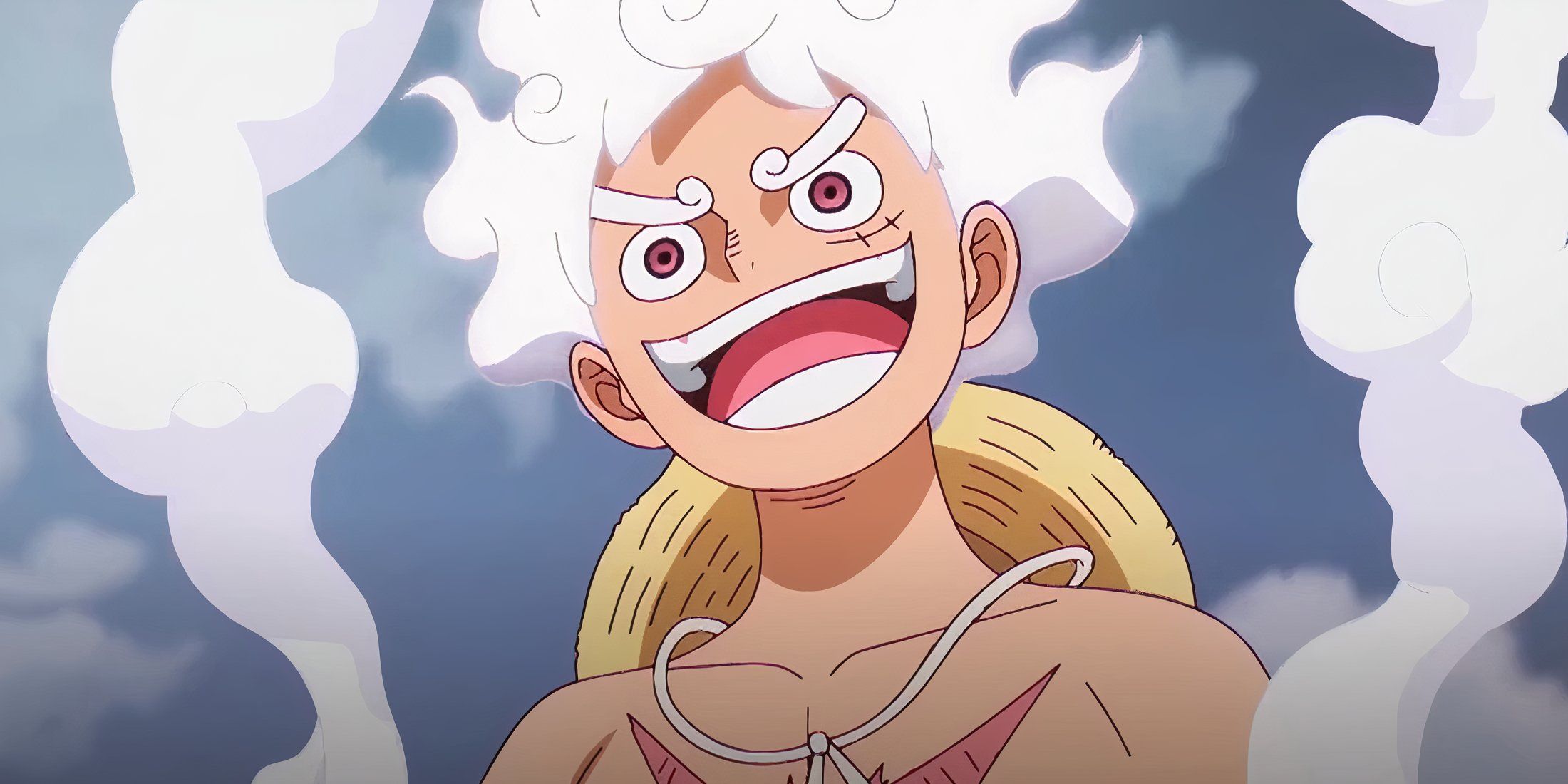
One Piece: Is Egghead The Best Post-Time Skip Arc So Far?
With the end of the Straw Hats' time on Egghead finally in sight, is it too soon to rank this segment among the best story arcs in the New World?
The One Piece World's Peculiar Geography
It goes without saying that only an outlandish work of fiction such as One Piece, could even fathom the notion of presenting a world map as absurd as the one that was shown at the start of the series. Given its status as a shonen series, many would have been quick to write off any discrepancies in the layout of landmasses and water bodies, as mere building blocks in the series' world building, which often veers on the side of fantasy.
For instance, the linear mega-continent of the Red Line acts like a globe-spanning meridian line, which directly intersects with the Grand Line that runs perpendicular to it. Similarly, the presence of Calm Belts on either side of the Grand Line is another unusual phenomenon, in how they isolate the climatic variations and unpredictable magnetic fields of the world's most fearsome ocean route, from the other oceans in One Piece.
Additionally, the surprisingly vast spread of islands throughout the world of One Piece is another odd occurrence, along with the complex routes that seafarers have to take in order to travel between them. Naturally, all this can be fairly well explained by the rise in sea levels due to the catastrophic events of the Void Century, which left land forms at high altitudes as the only remaining habitable spaces above the now vastly expanded oceans.
From an urban planning standpoint, there are many signs of flood prevention in major seats of power within nations across the world, as seen in how many of them are located on elevated plateaus above the surrounding terrain. From the cities of Alubarna and Wano Country's Flower Capital, to the tiered layout of Water 7, capital cities were generally raised above the landscapes they were situated in, to protect them from the threat of sinking.
Foreshadowing Through Wild Climatic Variations
Another key element of foreshadowing can be seen in the wild climatic variations between areas of the Grand Line located in proximity to one another in the world of One Piece. The fact that winter islands, such Drum Island or Egghead, were placed fairly closely to regions with warmer weather, such as Arabasta and Wano Country, defies explanation.
Moreover, the wild fluctuations in the magnetic fields of each island within the Grand Line, hinted at the fact that all was not as it seemed when observing the absurd geography of the One Piece world. Some phenomena, such as the Knock Up Stream or the upward-flowing rivers of Reverse Mountain also add further fuel to the idea that the world's original continental layout was altered by unknown means.
The Mystery Behind The Red Line
Another major landmass whose structure escapes the scope of conventional logic, is the Red Line. As a massive ring-like wall that is thousands of meters high and wraps around the entire globe, the Red Line is almost like a barrier that separates two of the world's hemispheres from one another.
It also prevents individuals from moving across it without passing through two specific points of entry — Mary Geoise or Fish-Man Island, and Reverse Mountain. Naturally, such an odd geometry for a landmass would invite questioning, but One Piece's other outlandish elements such as Devil Fruits and Sky Islands made it seem almost normal by comparison.
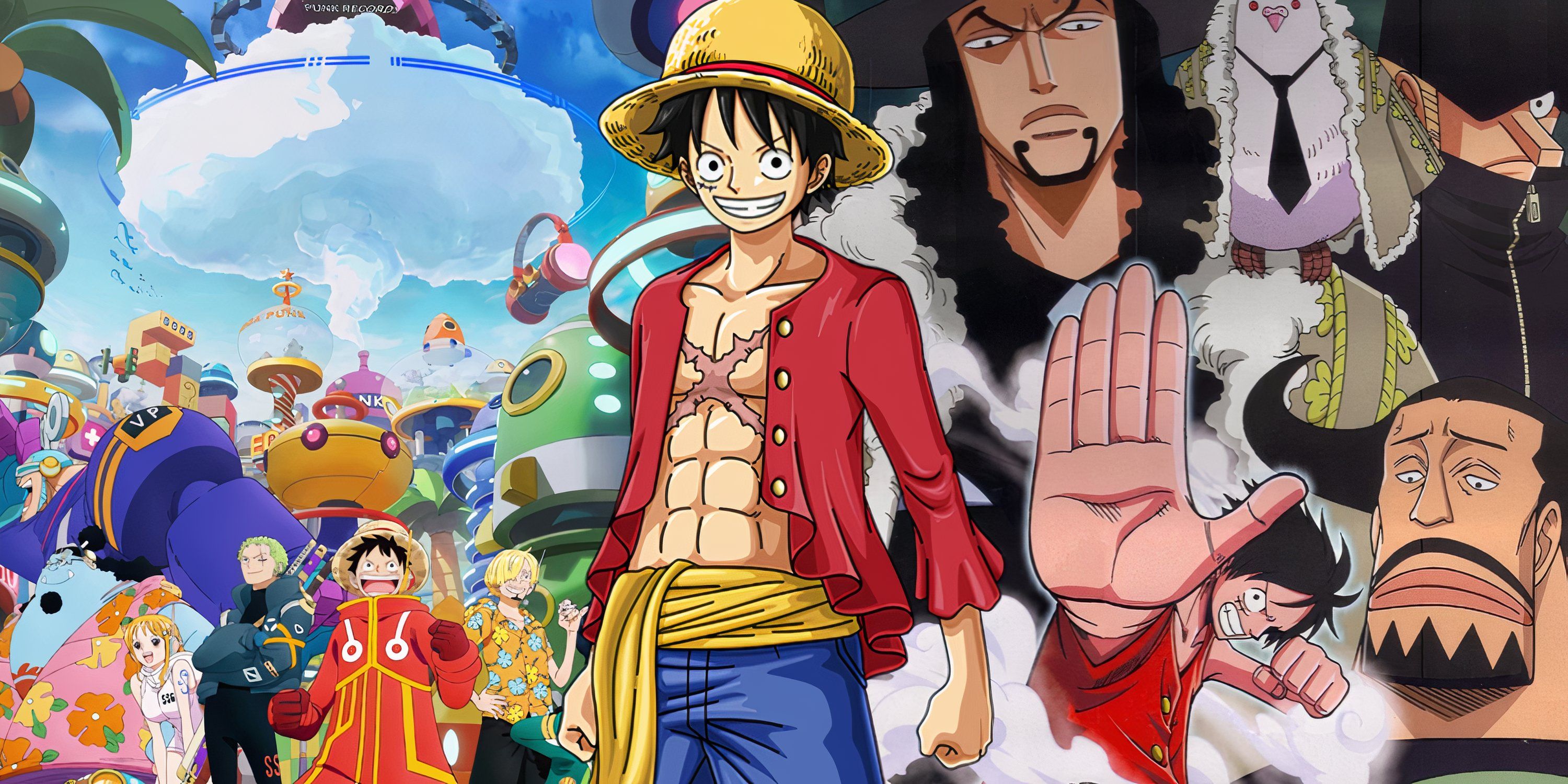
One Piece: The Parallels Between Egghead And Enies Lobby
Considering the many common characters and plot points between these two arcs, here is a look into how they mirror one another.
Lastly, the elevated height of the Red Line also indicates the Celestial Dragons' desire to safeguard themselves from suffering the consequences of a global rise in sea levels. The Red Line's incredibly high altitude above sea level effectively ensures that Mary Geoise will be unaffected by flooding in other parts of the world, and also serves to reinforce the World Nobles' standing at the very top of the One Piece world's socio-political hierarchy.
There have been longstanding theories about the end of One Piece featuring the destruction of the Red Line and Mary Geoise, which could also be the key to uniting the world's oceans and lowering sea levels to what they once were. Whether this proves to be true is anyone's guess, but as things stand, it seems as if Eiichiro Oda may have been planning to unveil the truth behind the world's unusual layout for quite some time.
Underwater Civilizations In Wano Country And Elsewhere
Perhaps the most damning evidence to verify this hypothesis, stems from the underwater cities and ruins that have been featured in several scenes throughout One Piece. Initially, these were relegated to the background, but the more recent Wano Country Arc cast them in the spotlight for a brief moment, where the truth behind the Void Century's events was foreshadowed quite explicitly.
This, of course, pertains to Kozuki Sukiyaki's unveiling of the ruins of Ancient Wano, which was at a level far below that of the present-day landscape of Wano Country. Currently, Wano Country has been elevated to a plateau behind massive walls which have helped protect the nation's policy of isolationism.
Consequently, the ruins of Ancient Wano were submerged over time as rainwater collected in the basin formed by the stone walls. With all these clues hiding in plain sight, there is little doubt that Eiichiro Oda had been planning this revelation in the Final Saga for quite some time, but it remains to be seen how far he will take this plot thread, which could have major ramifications on the concluding arcs of One Piece.
One Piece is available to stream on Crunchyroll.
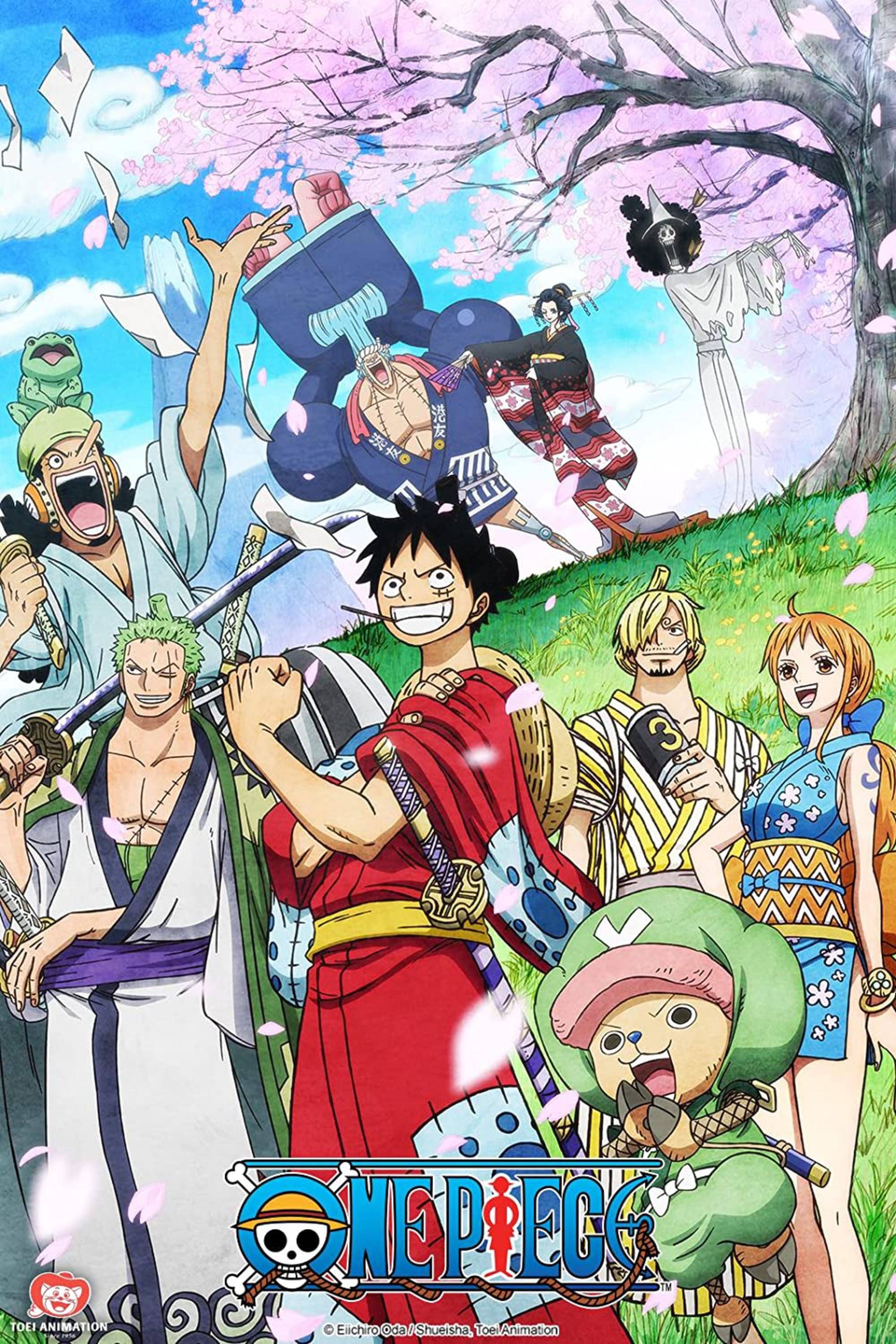
One Piece (1999)
One Piece is a Japanese manga written and illustrated by Eiichiro Oda. The series follows protagonist Monkey D. Luffy and his Straw Hat Pirate crew as they explore the Grand Line to find the King of the Pirates' ultimate treasure, the One Piece, in order to become the next king. The manga's popularity helped it spin off into a larger media franchise, including an anime with more than 1,000 episodes.
- Release Date
- October 20, 1999
- Studio
- Toei Animation
- Creator
- Eiichiro Oda
- Number of Episodes
- 1082+
- Streaming Service(s)
- Crunchyroll , Netflix , Hulu

